With PlayStation’s 30th anniversary, now’s a good time to take stock of the seismic technological leaps forward each successive console generation has made. It could be easy to look back at the once-revolutionary 3D graphics on the original PlayStation and write them off as dated now that smooth 4K and ray-traced visuals are the norm.
However, there are indie developers who have been embracing this early low-poly style in their games, which have begun surfacing into the mainstream consciousness – titles such as this year’s Crow Country, as well as Fear The Spotlight, coming later this month [it’s out now! – ed from the future]. That said, this affection for low-poly visuals is nothing new. It can be traced back to Back In 1995, which was released almost a decade ago (although not ported to PS4 and Vita until 2019).
While all those games take quite different approaches, it’s perhaps no coincidence that these purposely lo-fi productions do all happen to be horror, or are at least inspired by PS1-era survival horror games such as Resident Evil and Silent Hill.
It’s always spooky season somewhere, so we’re speaking to the developers of all three games to find out what makes low-poly a good fit for the horror genre, what goes into replicating that early PS1 feel (while also accounting for how modern audiences should experience it), and whether there’s more to the aesthetic than mere nostalgia.
Team retro
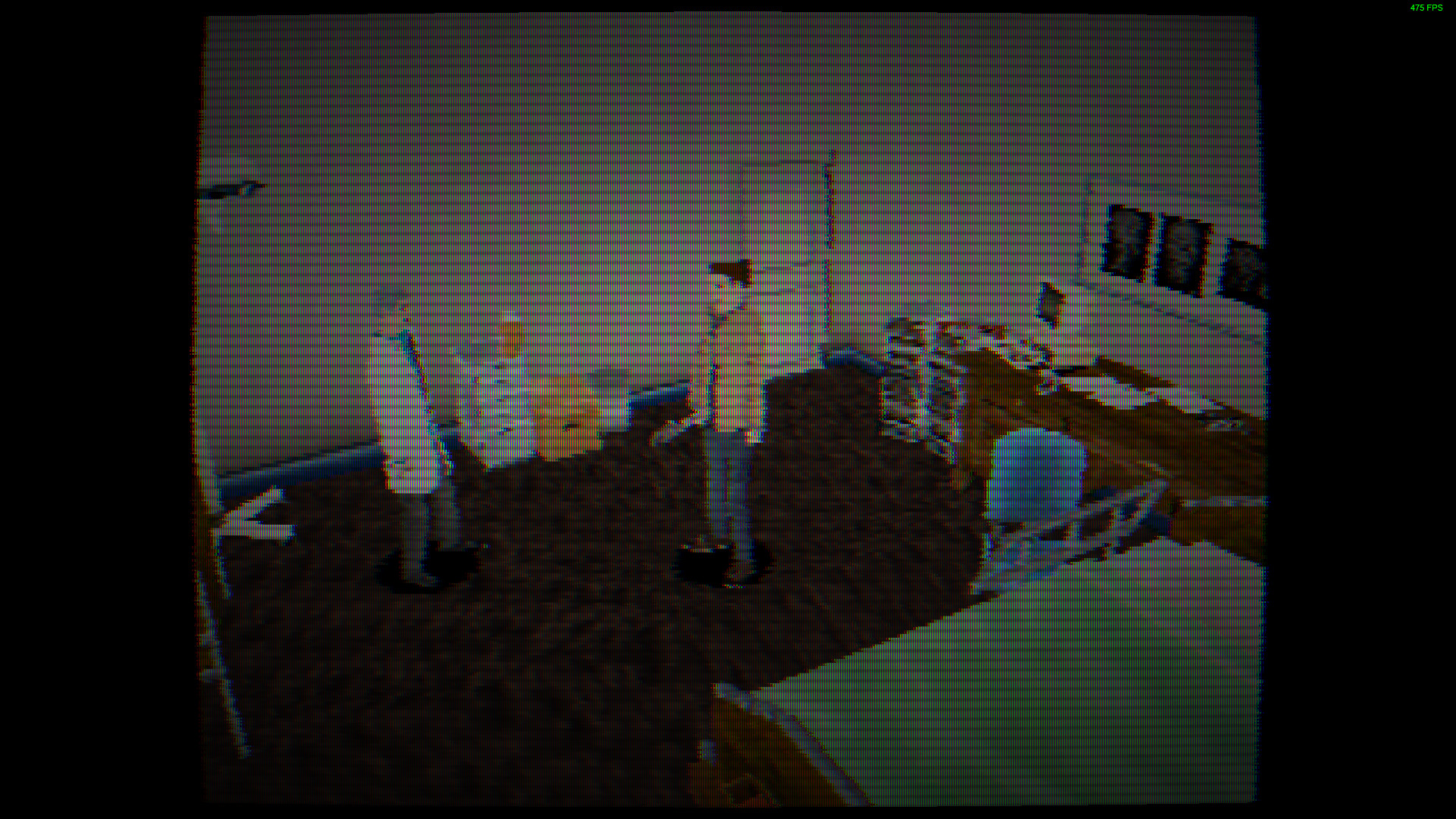
While ‘retro-inspired’ games have been popular throughout the past decade, the phrase is usually used to refer to games that employ a distinctive pixel art style similar to the one that was prominent in the 8-bit and 16-bit console eras – think of 2010s indie classics like Shovel Knight, Undertale, and The Messenger. However, around the same time those games were released, Back In 1995 developer Takaaki Ichijo was more interested in exploring how to recreate the early polygonal visuals of 3D games he grew up obsessed with on PS1, games like Silent Hill, Tenchu, and Metal Gear Solid.
“Back in 2015, no-one was paying attention to retropolygons,” he tells us. “At the time, I felt like the expression of my beloved generation of game consoles had been skipped, so I first experimented with whether I could express those graphics in Unity.”
Although Ichijo describes Back In 1995 as more ‘mystery adventure’ than ‘horror’, it nonetheless bears an uncanny resemblance to the original Silent Hill, not only in its polygonal character models and environments but also in the overall presentation. “We paid attention to the menu structure, save slots, and operation sluggishness. For example, the framerate is 20fps, which may be lower than the actual PS1!”
Perhaps the most characteristic aspect of PS1 visuals that devs trying to recreate the feel of the console need to get right is the way the co-processor (the Geometry Transformation Engine, or GTE) calculated vectors, which resulted in 3D polygons having a warped or wobbly effect whenever models moved or the camera rotated. Some critics might point to this side-effect as a flaw in PS1 3D graphics, but others consider it one of its charms.
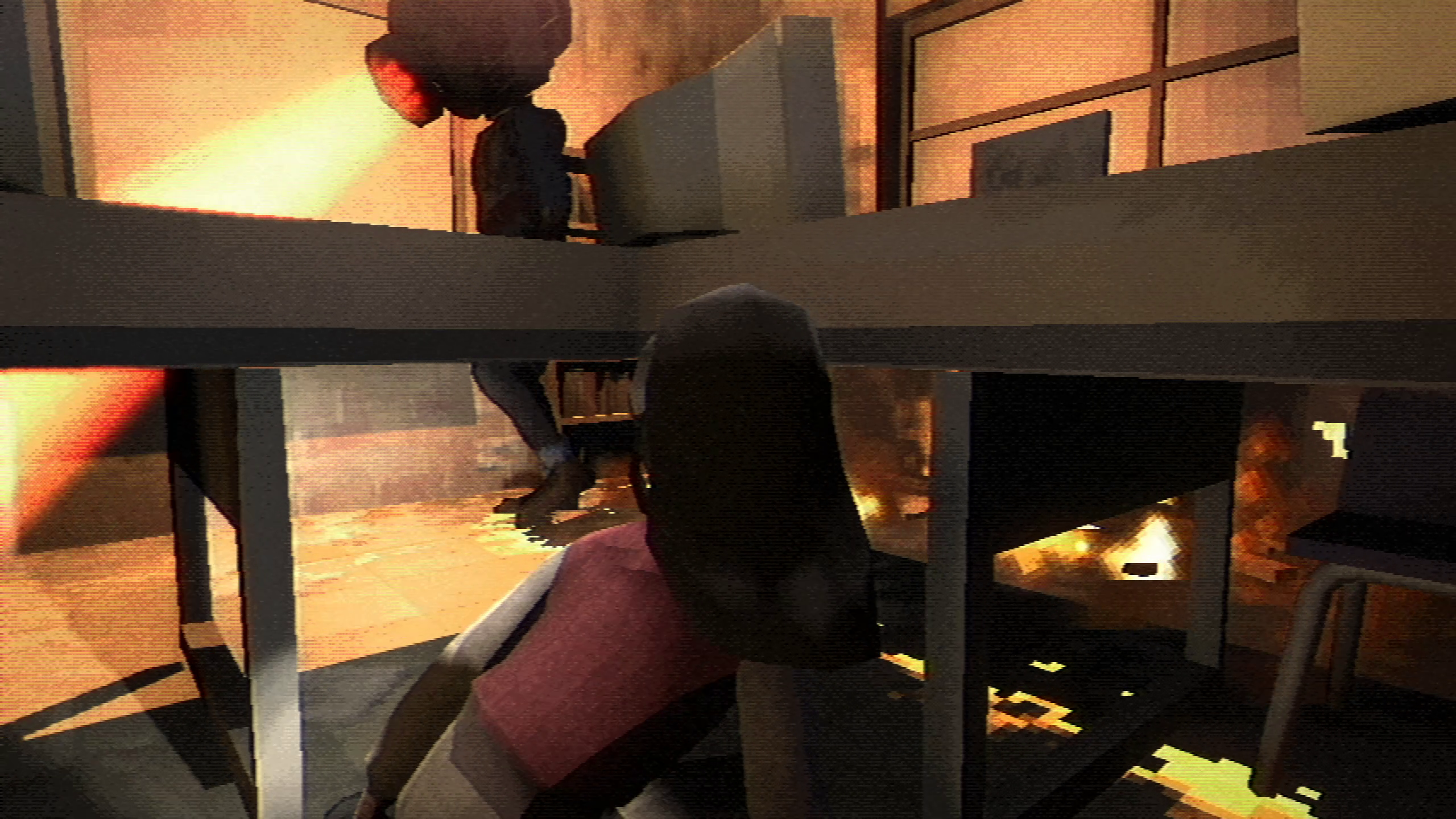
That PS1 wobble is something Bryan Singh, co-founder of Fear The Spotlight developer Cozy Game Pals, speaks of fondly, even as we find it amusing contrasting the thought of him strategically choosing how to replicate the effect that PS1 was “bad at representing very granular numbers” with his previous role as a game designer and programmer on glossy Sony blockbuster series The Last Of Us and Uncharted.
“We’re almost recreating the working environment that the developers of the time had, where they’re working against some real difficult technical limitations and everything’s so new to them,” he says. “In a way, we’re kind of in the same boat, because it’s just Crista [Castro, co-founder] and I making this game – we’re the whole team.”
That team dynamic is the same at SFB Games, which is essentially made up of two brothers. Of the pair, Adam Vian is creative director of Crow Country, which marks the studio’s foray into making 3D games. And what better way to start making them than to learn from the early years of 3D graphics?
Ghost protocol
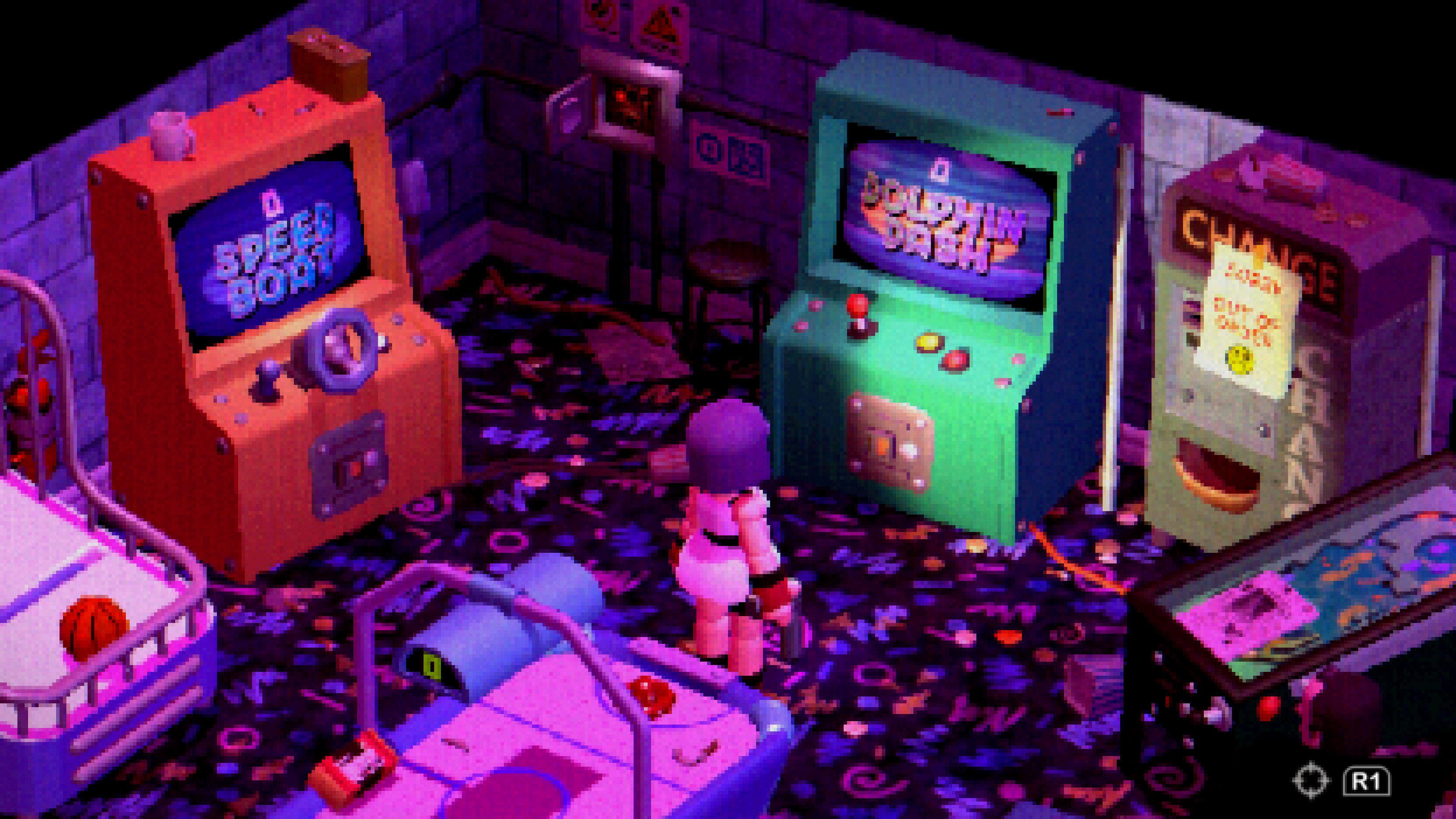
For those of us who grew up in the ’90s and so lived through the 3D revolution, everything was exciting and groundbreaking, but technology was also not without its limitations as developers were still adapting and trying to figure things out.
“That’s specifically what makes it special, not the fact that the games were 3D – we live in that world now, and it’s boring – it’s the fact that it was a change, and people were working it out, and they were floundering, and it was amazing,” Vian explains. “So I actually think those limitations encourage weird, unique compromises that are still interesting and iconic to this day.”
Crow Country makes an intriguing case study of capturing PS1 nostalgia because while it’s a survival horror clearly influenced by Resident Evil in its abandoned setting and brain-teasing puzzles, it also echoes two other visual styles from the PS1 era. The 3D environments and all the items littering this derelict theme park are far more detailed than you’d see in a genuine PS1 game using real-time graphics, but it was a happy accident that Vian used a shader that gave the environments the appearance of pre-rendered backgrounds, which were commonly used in PS1 games – the twist is that here you can rotate the camera to reveal that they aren’t pre-rendered.
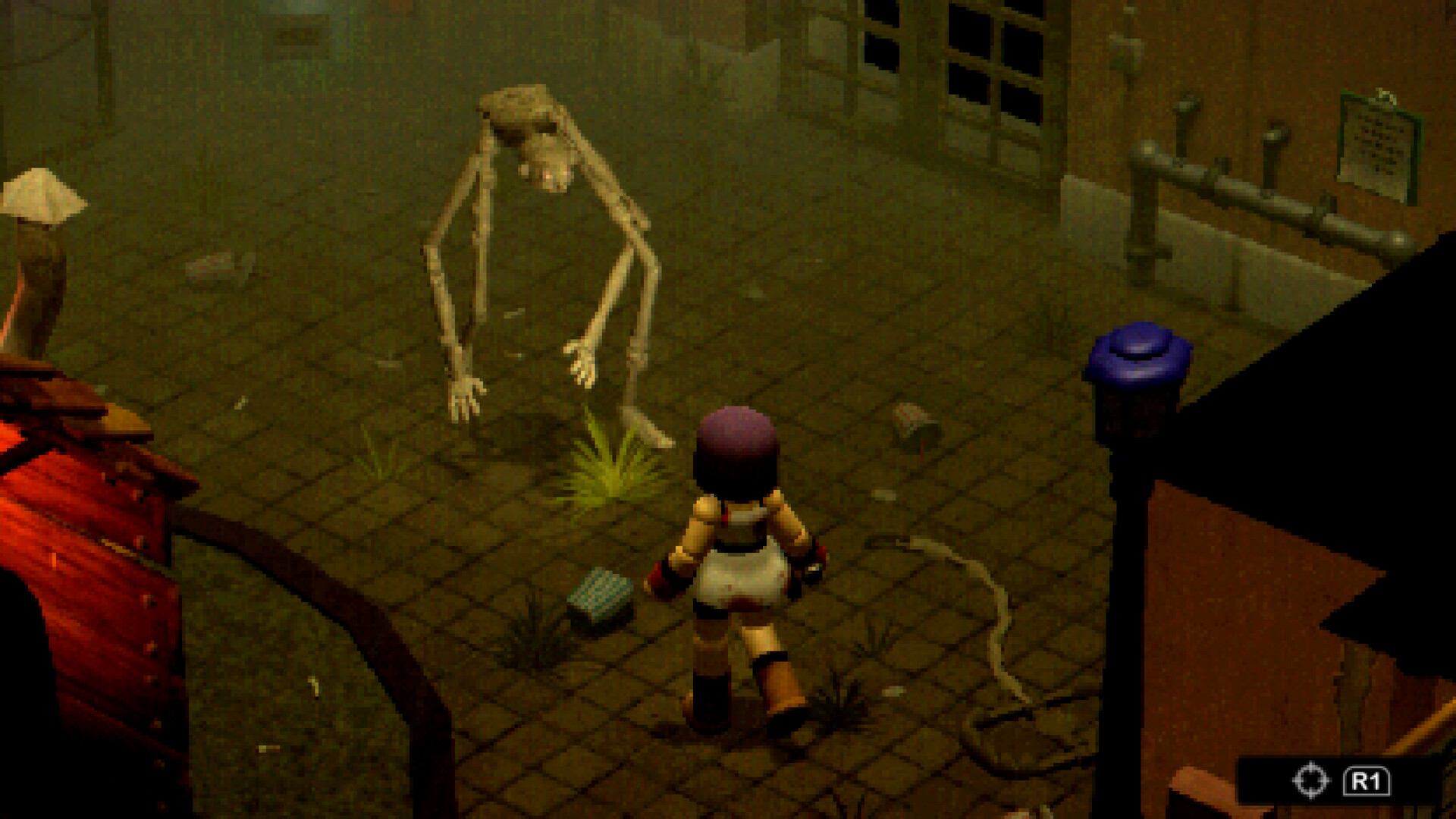
“When the characters are behind a layer of abstraction, they’re more appealing.”
Crow Country’s chunky character models, however, are more reminiscent of the field models in Final Fantasy 7, which, while a jarring contrast to how cutting-edge that game was said to be, Vian unapologetically loves. However, the reason Crow Country’s characters have this look is because he started making the game without any dedicated 3D modelling tools, instead putting together spheres, capsules, half-spheres, and whatever 3D shapes the program already had plugged in. “That’s all I had, but I liked that look,” he says. “When the characters are behind a layer of abstraction, they’re more appealing. It’s the reason that a smiley face emoji is more appealing than a photograph of a man smiling – your brain responds to it better.”
The abstraction of low-poly visuals is also another reason why the aesthetic is such a perfect fit with the horror genre. “When a movie shows you the monster, you’re kind of less scared of it, because you already know ‘That’s what you look like’, but when they withhold it for a lot longer, you imagine something even worse,” explains Cozy Game Pals co-founder Crista Castro. “We think the [low-poly] aesthetic looks great, and it also is scary. It really plays into that feeling where you’re like, you’ll see something off in the distance, and the polygon wobble is just enough for you to think that there’s something there, but you’re not quite sure what it is.”
Past discretions
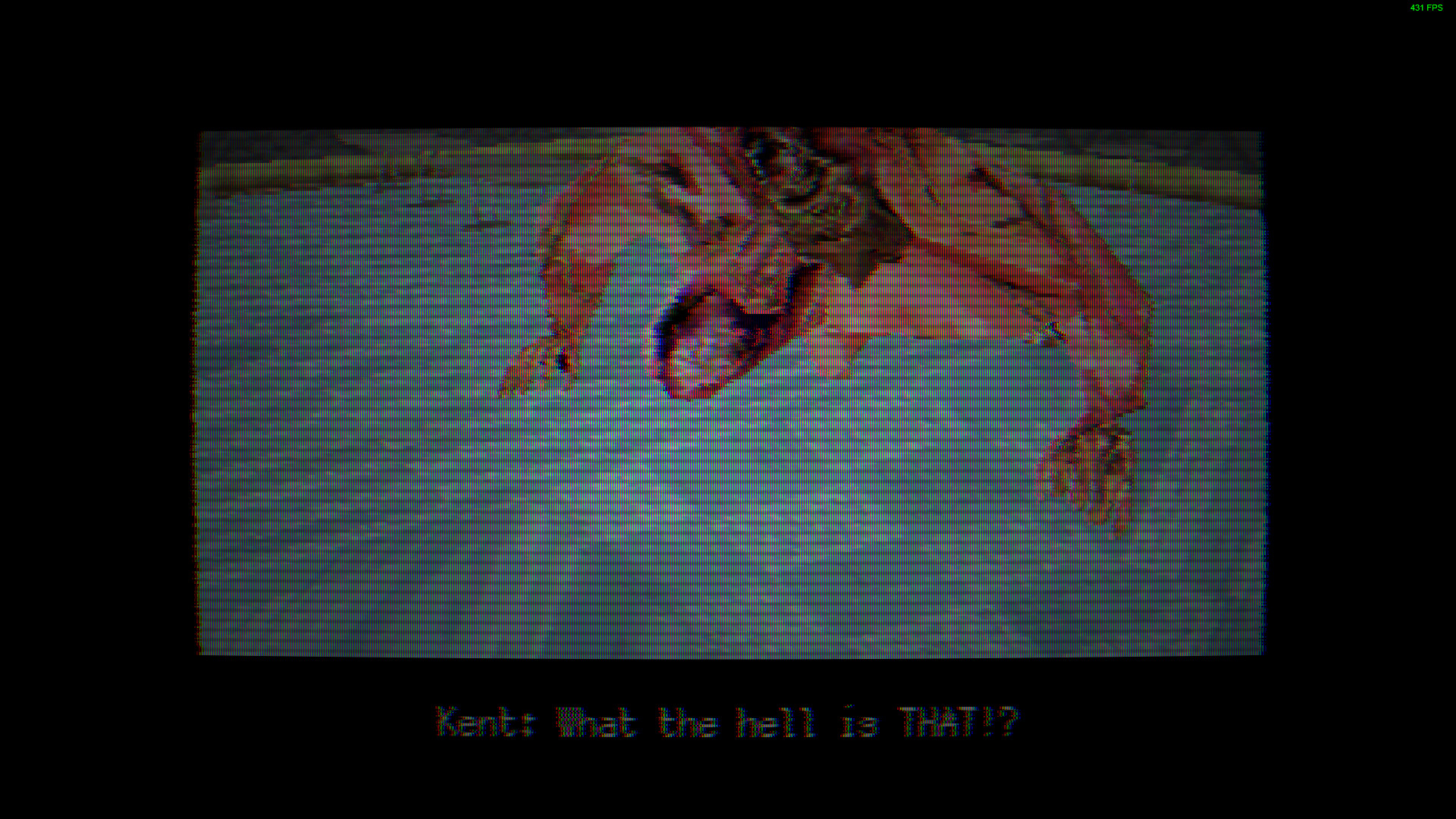
Ichijo prefers not to focus on retro polygons being defined as something ‘lesser than’. While our discussion is mostly about horror games, which can arguably be more effective when room is left for the imagination to fill the gaps, he adds, “I think the look is beautiful, incorporating exaggeration and omissions that are typical of games, with some like Vagrant Story reaching the levels of what could be called artisanal craftsmanship.”
A lot of intent comes into emulating that style too, such as the wobble mentioned earlier. Back In 1995 is perhaps faithful to a fault in replicating the experience of gaming in the PS1 era, implementing tank controls because the game has been designed as if it had existed in the pre-DualShock days (in other words, without analogue sticks), while also including artificially long loading times.
Other developers, however, place less stress on being totally faithful to the experience. As Singh puts it, it’s all about getting the right “vibe”, just enough to scratch the nostalgia itch but then incorporating elements that make the games more accessible to modern audiences.
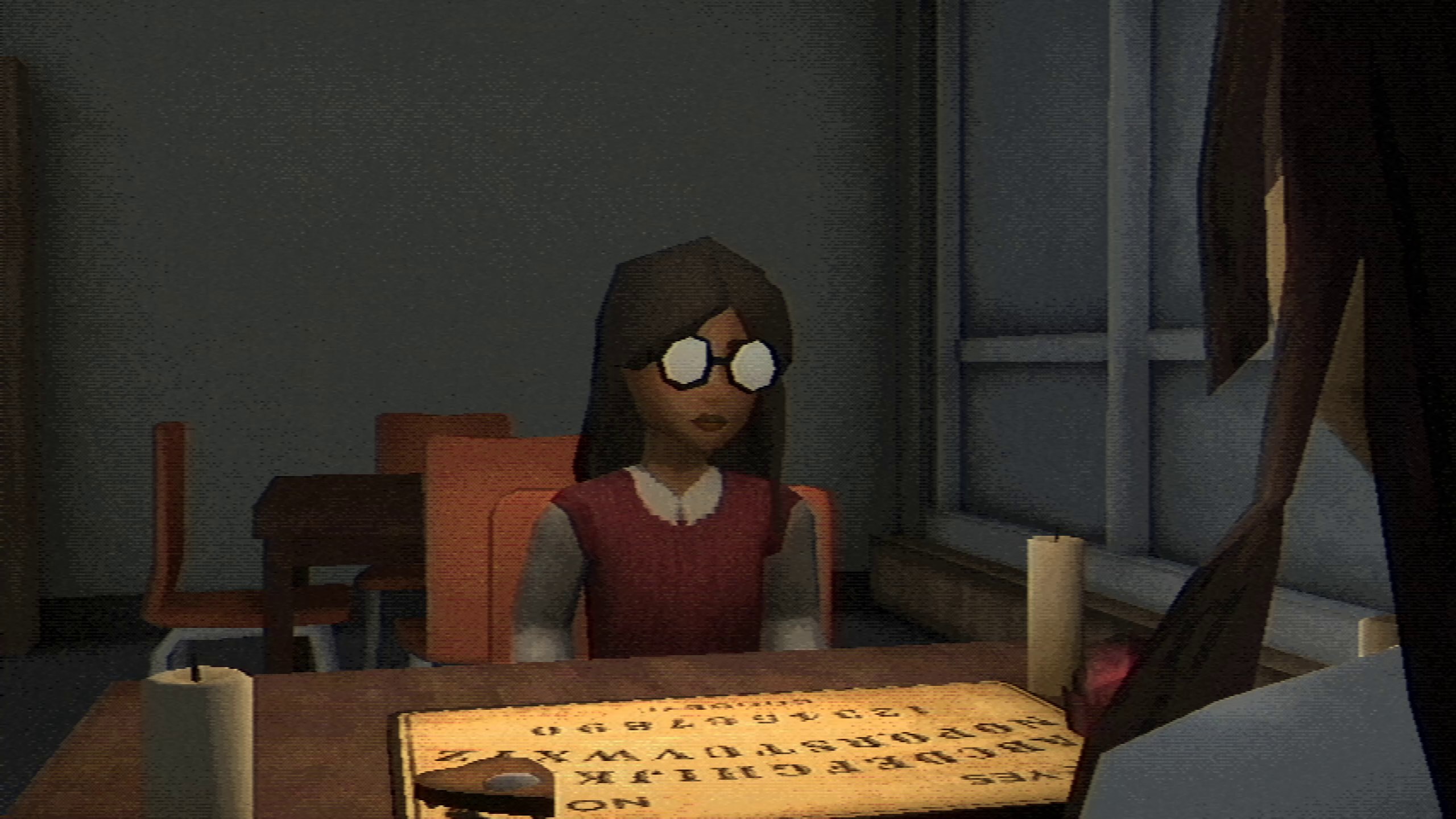
Certainly in the case of Fear The Spotlight, we can state that the narrative and voice acting are a cut above what passed for voice acting in Resident Evil, even if Castro humbly admits, “It’s very tropey ’90s horror movie things, where dumb teen kids are gonna mess around with stuff that they shouldn’t.”
The former Nickelodeon art director isn’t simply replicating the past, but is adding what she felt had been missing from those early PS1 horror games, which were centred on adults. “One of the inspirations for this game was to make a game that I would have loved when I was 13 years old, so that’s why it feels a little bit more young adult,” she explains. “There’s a lot of horror media from that time that we’re also very inspired by, like Are You Afraid Of The Dark? and Goosebumps, all these things that I remember growing up with.”
With Crow Country SFB Games likewise adopts a modern approach in contrast to the “spiky and uncomfortable” experiences of PS1 games Vian believes probably weren’t tested for general audiences as they are today. On top of being lax with things like inventory and saves, and giving you the option to play with tank or free-moving controls depending on whether you use the D-pad or stick, it includes an Exploration mode that allows you to enjoy the game without the monsters. “I just wasn’t interested in making a game that hates you, I wanted to make a game that likes you!” he says.
Beyond horror
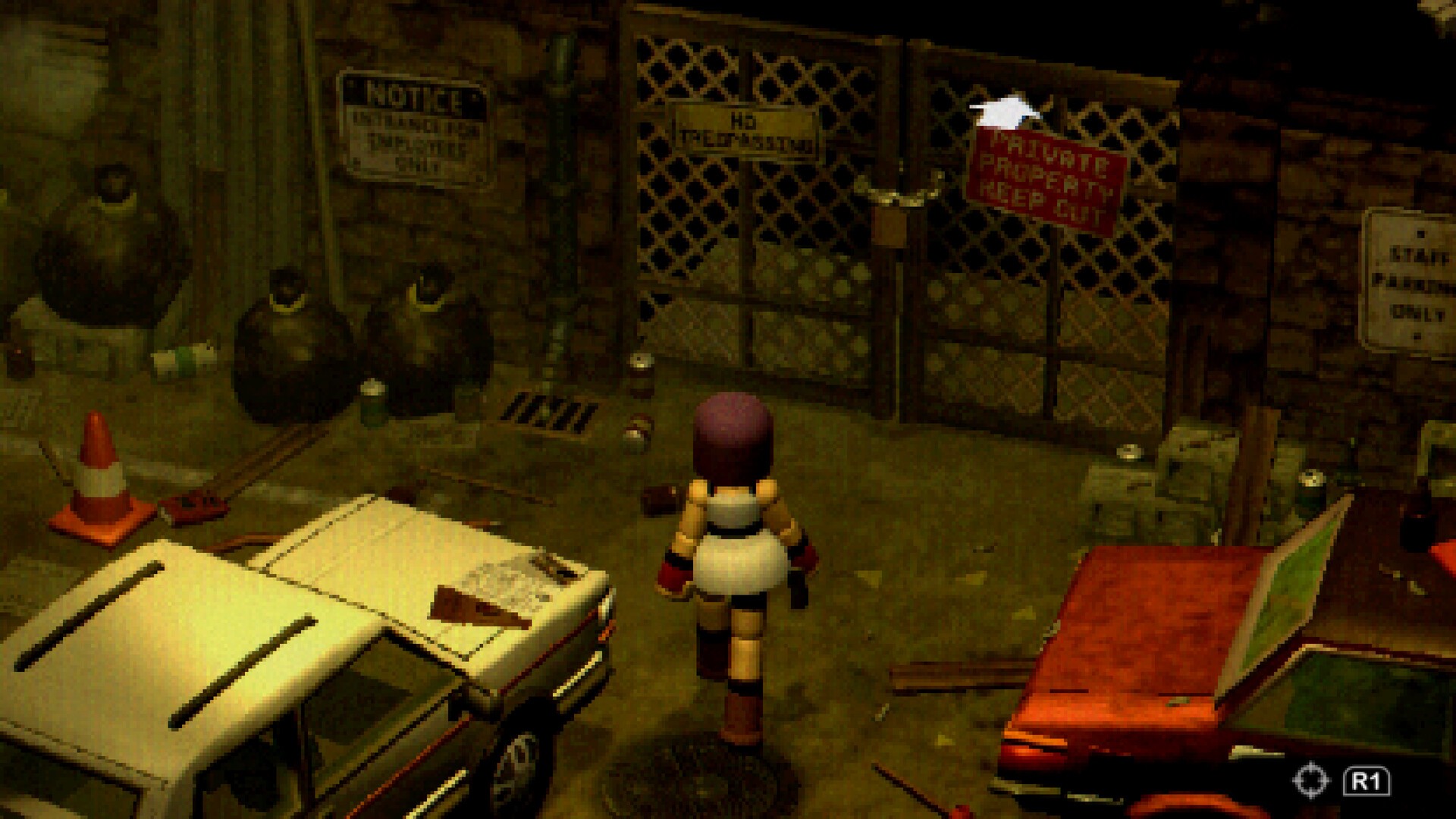
Given there’s a series of videogame compilations called Haunted PS1 Demo Disc (incidentally, where Fear The Spotlight made its debut) there remains a strong correlation between horror and PS1-era polygons. Of course, that’s scratching the surface when Crow Country takes influences not only from Resident Evil but also Final Fantasy 7.
These days, Ichijo runs Japan’s Indie Game Incubator where he tells us many entrants are also using retropolygons in their games, which cover a diverse range of styles and genres. “There are a growing number of creators in their 20s and younger who are using retropolygon expressions, so it is not just nostalgia,” he says.
While we might have seen low-poly visuals some years ago, it was in the context of ‘demake’ videos reimagining modern games like The Last Of Us and Bioshock, and had the air of a joke rather than taking the style seriously. On the internet, it’s not always easy to parse what’s ironic and meant for meme and what is a sincere artistic expression, but these developers are optimistic that the PS1 aesthetic isn’t just a fad but will become as enduring as pixel art.
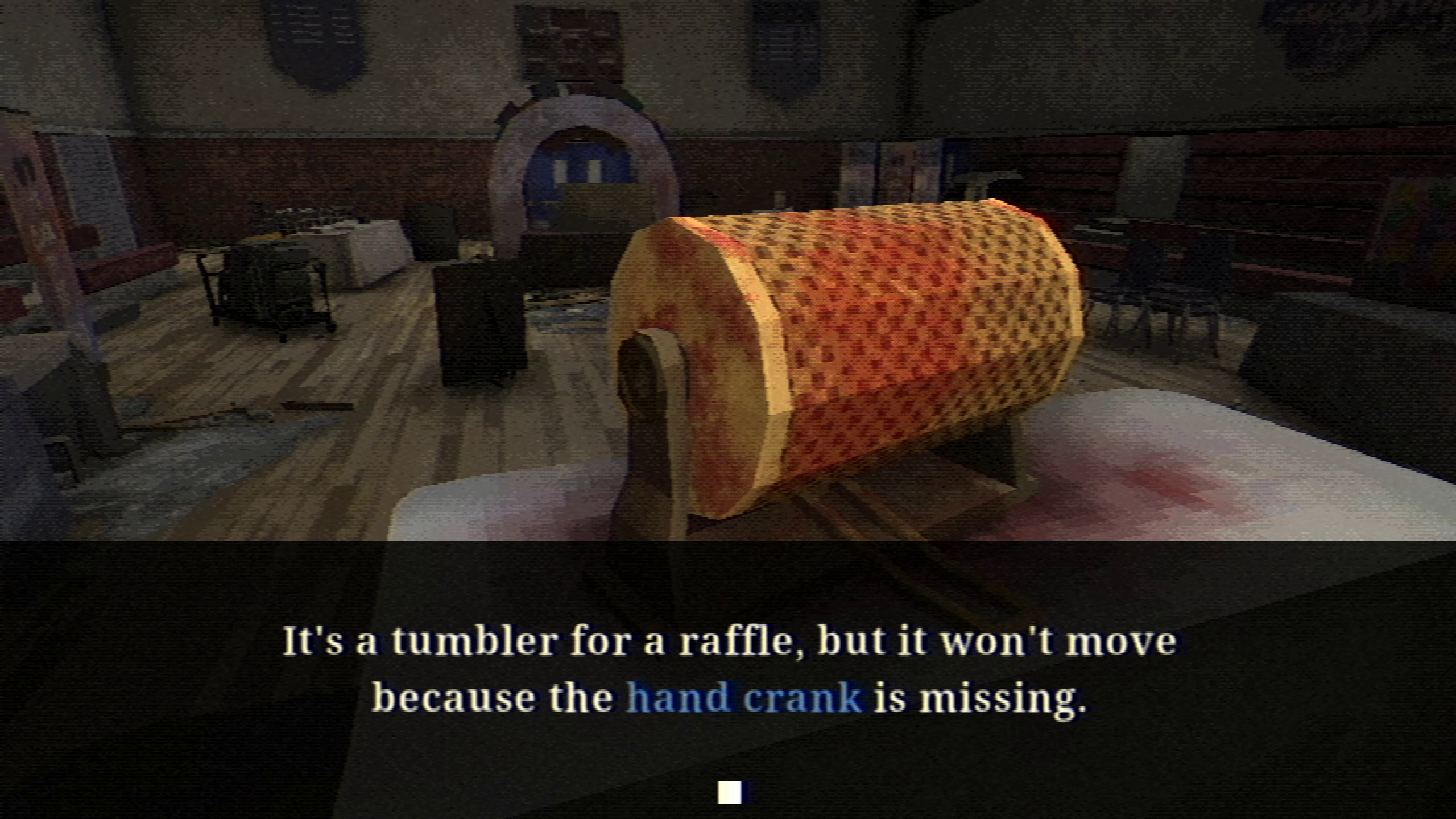
“I think even young kids now, when we post videos of our games, we know our inspirations are Silent Hill, but when a younger generation looks at it, they’re like, oh, that’s Puppet Combo,” says Castro. “So they have different ties to what this style means, but I think that they’re going to also have their own connection to it. I think people are going to be drawn to it, no matter what.”
Meanwhile, Vian feels the low-poly look is a reaction to the triple-A space. “I think it’s a response to overly bloated, overly complex games. One of the things I like about PS1 is there’s less stuff on the screen, and then what is there is more meaningful,” he explains. “Even if you’re not someone who grew up with PS1, you might be yearning for that simpler, more meaningful experience. Across the industry, I think basically people have gotten bored with the ceiling of modern graphics, and we’re just going to be seeing more weird stuff.”
Of course, one issue is that many people creating low-poly games are hobbyists, and so despite the name, things like Haunted PS1 Demo Discs are only available on PC. Here’s hoping that more PS1-inspired games make their way to PlayStation!
This feature originally appeared in PLAY Magazine – which printed its final issue in 2024. Looking for something scary? Our best horror games of 2024 will chill you!
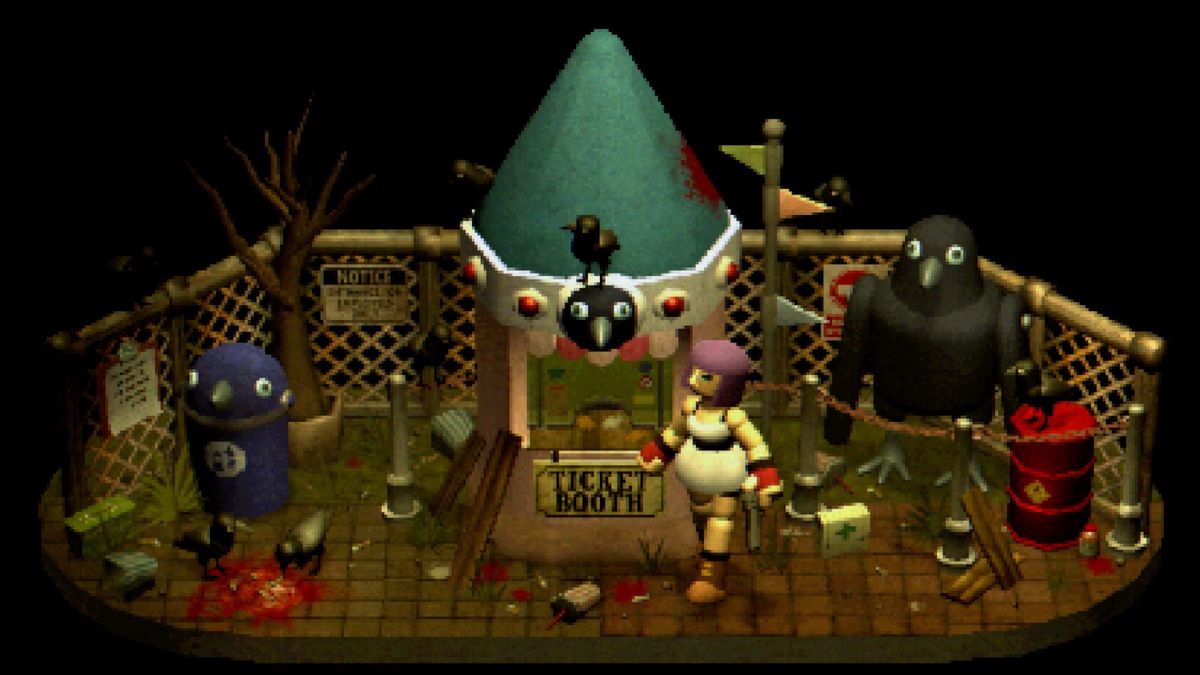
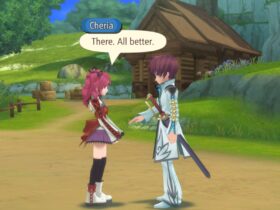
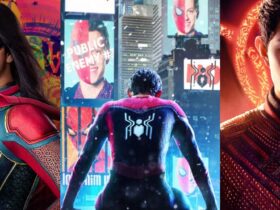
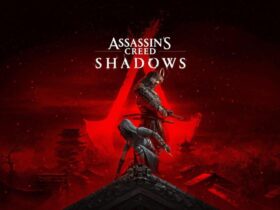
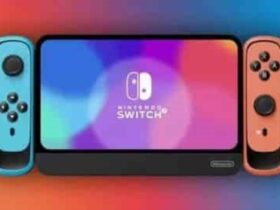
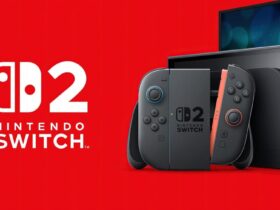
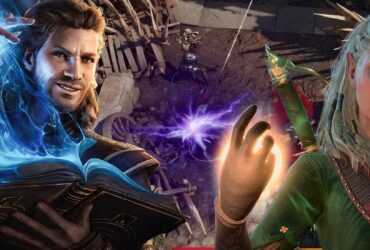
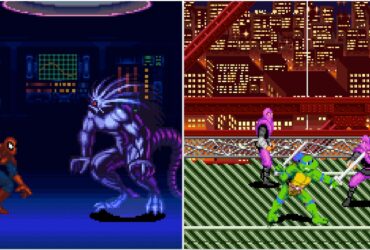
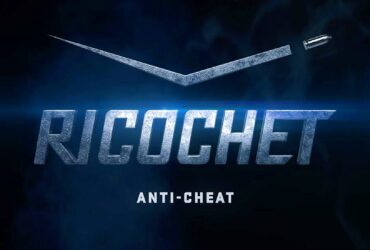
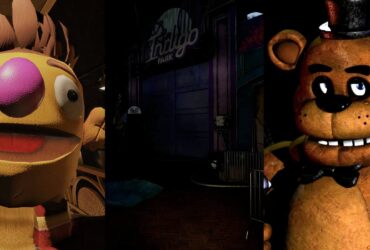
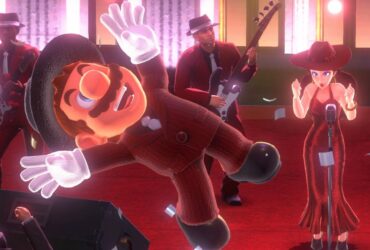
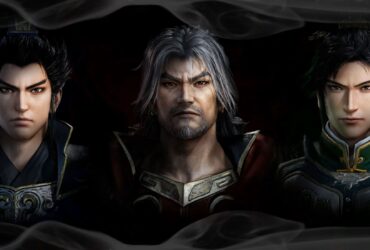
Leave a Reply